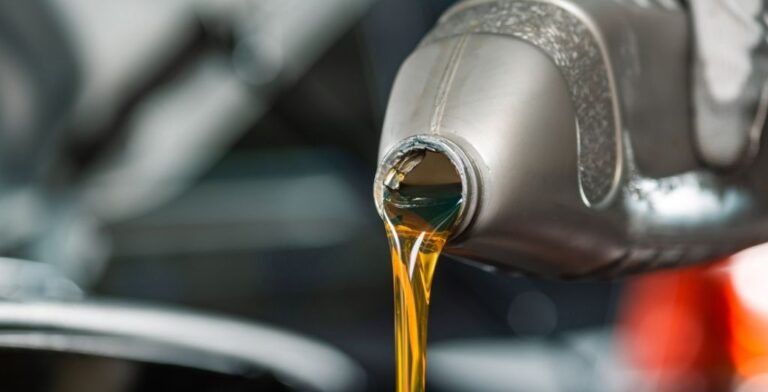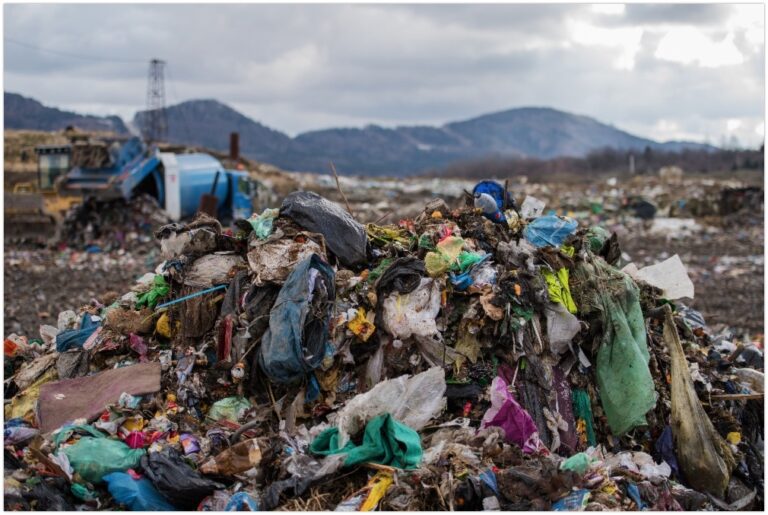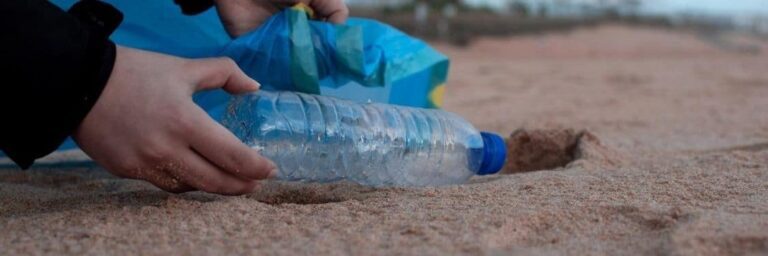With the increase in human activities on the planet, there’s bound to be excessive amount of waste produced. Most of it is either organic or inorganic. Let’s take a look at some questions revolving organic and inorganic waste.
What are some of the differences between organic and inorganic waste?
If you weren’t aware, a wide variety of differences exist between organic and inorganic waste. Most of these differences stem from the fact that both waste emanates from different sources.
1) The first obvious difference between organic and inorganic waste is that the former is produced by living organisms whereas the latter is a product of non-living organisms and human intervention.
2) The second difference between the two is that organic waste is composed of carbon as well as hydrogen bonds whereas chemical waste does not contain any traces of carbon.
3) Another notable difference between the two is that organic matter is affected by heat and burns naturally but inorganic waste does not burn.
4) Another difference that exists between them is that while organic matter is composed of living or once-living organisms, inorganic matter mainly consists of non-living matter and has mineral-like characteristics.
5) On further analysis, researchers discovered that organic waste is more complex than inorganic waste, mainly due to their composition.
6) Another difference between the two is that whereas organic waste is unable to form salt, inorganic matter is soluble in water hence can readily form salts.
7) Organic waste depicts slower rates of reaction as compared to inorganic waste. This is attributed to the more complex products that are formed after a reaction between organic matter.
What are some of the examples of organic waste?
- Food remains
- Coffee berries
- Cardboard
- Banana peels
- Paper
What are some examples of inorganic waste?
- Aluminium cans
- Cellophane
- Spoons
- Yoghurt cups
- Plastic soda bottles
- Glass
How to dispose of organic waste?
Have you ever wondered why it is always easier to dispose of organic waste than inorganic matter? This is due to the fact that organic wastes are biodegradable, and hence can be easily disposed of.
The most common way to dispose of organic waste is through landfills or in incinerators. However, due to the need to make our planet safe and conducive, incineration is not always the best option because it results in the production of toxic fumes.
However, the recent increase in the number of landfills across most localities has necessitated the need to adopt eco-friendlier ways of disposing of organic waste. Since everyone wants to live in a clean environment, better ways of managing organic waste such as recycling are preferred.
Apart from landfill, another way through which organic waste may be disposed of is by using wastes such as food remains to feed farm animals.
How to dispose of inorganic waste?
Most people concur that disposing of inorganic waste such as glass and plastics is a daunting task. It is important to realise is that such waste is non-biodegradable hence unfriendly to the ecosystem. The best way to dispose of chemical waste is to recycle. Thanks to the technological advancements, nearly every type of inorganic waste can be recycled.
Recycling of organic and inorganic waste
If you are an ardent user of both mainstream and social media, then you may probably have heard the much-hyped campaign to save mother nature from global warming. Most importantly, the campaign recommends that we use modern and green techniques when handling waste to minimise the level of pollution.
What are some of the ways of recycling organic waste?
1) Production of biogas
The process of biogas production takes place in biodigesters through anaerobic respiration. The method may involve the digestion of vegetable, human and animals waste.
Benefits of biogas production
- The slurry resulting from the decomposition is used as fertilizer
- The methane produced in the process is used as fuel
- Results to the killing of disease-causing pathogens
2) Making of compost
This is done in a large heap, mainly composed of plant and animal remains. In such a set-up, the main organisms responsible for the decomposition are fungi and bacteria.
Benefits of composting
- Compost can be applied as fertiliser in gardens
- It saves landfill space as well as prevents contamination of land
- It improves soil conditions
How to recycle inorganic waste?
Inorganic waste presents a significant challenge to the environment. As a result, a concrete that needs to be properly disposed of in a sustainable way should be recycled via a service or recycling centre which accepts it.
Inorganic waste such as glass, fibreglass, plastics, tires and aluminium parts can be taken back to their respective factories of production upon which they can be re-made into new products.
The need to make the environment cleaner by reducing waste cannot be overlooked. With the aforementioned methods in mind, we can make great strides toward realising the dream of a waste-free environment. Proper management of organic and inorganic waste is indeed the first step toward a sustainable and rubbish-free environment.
We understand that recycling inorganic waste and all sorts of waste can be a challenge. That is why Paul’s Rubbish Removal in Sydney is here to help you get rid of garbage and junk and recycle them in a sustainable way to protect our environment. There is no waste that we won’t accept and recycle.
Let us handle all of your unwanted organic and inorganic waste by calling 0407 125 125 at any time! We’ll provide you with a free quote over the phone.







